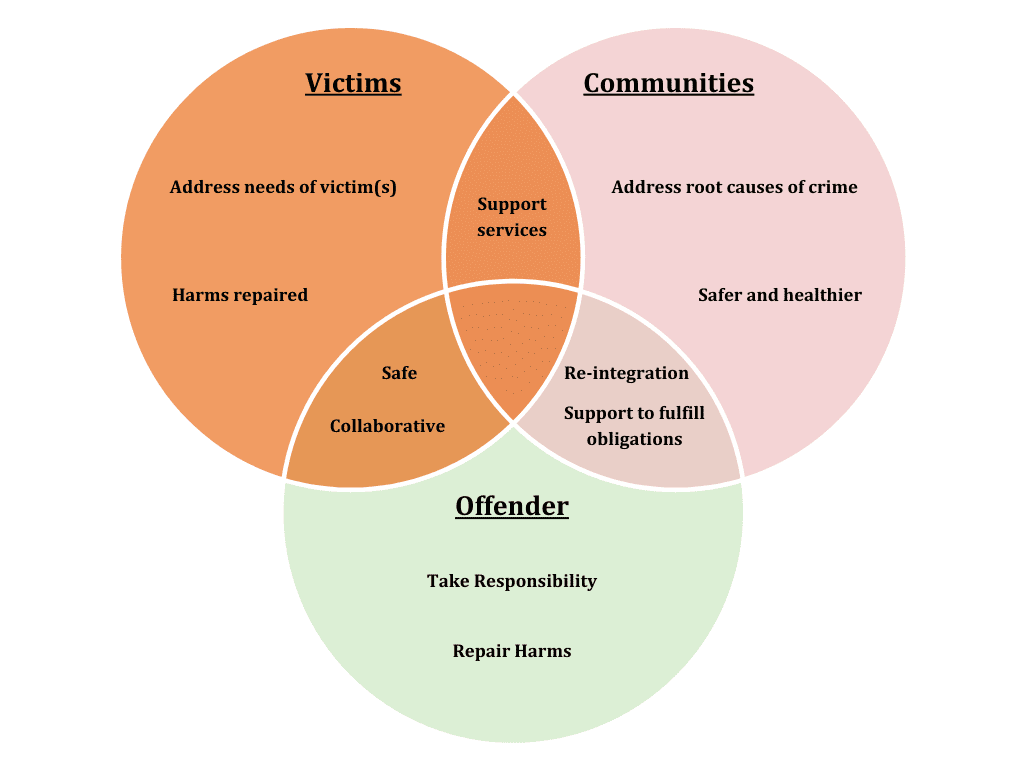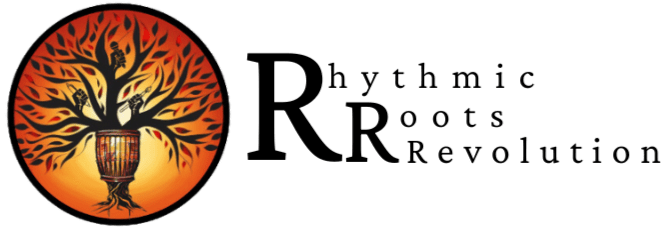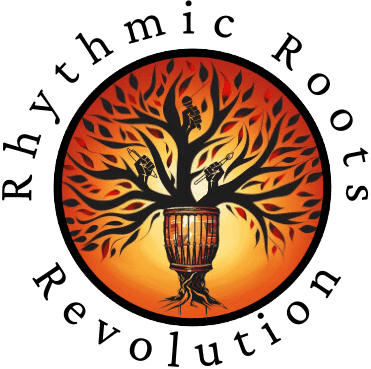Restorative Justice
As an addendum to our programs, Rhythmic Roots Revolution offers restorative justice reentry and planning circles to students soon leaving long-term incarceration.
Restorative Justice practices and principles have their roots in indigenous cultures worldwide where they recognize that offenders will remain in or return to their communities and therefore need a healing process that offers restitution to those harmed, keeps communities safe, and provides opportunity for the perpetrator to repair their integrity. Rhythmic Roots Revolution Reentry and Transition Planning Circles follow the model created by Lorenn Walker and Rebecca Greening of Hawaii Friends of Restorative Justice.
First, the process helps incarcerated persons prepare a thorough written plan addressing reconciliation and establishing a support system for a successful return to the community. Second, circles offer loved ones the opportunity to find ways the incarcerated person may work to repair harms caused to others. The Walker & Greening, Huikahi model includes detailed practical formula to deliver circles along with instruments to measure their validity and outcomes.


